
Aim
To analyse physical, chemical and biological changes over stations offshore of Falmouth.
Objectives
To investigate vertical zooplankton and phytoplankton diversity over different stations offshore. To investigate salinity, temperature, fluorometry and transmission along a vertical profile at each offshore site. To investigate oxygen saturation, chlorophyll, phosphate, silicon and nitrate concentration along a vertical profile at each offshore site. To investigate flow at and between stations offshore.
Introduction
On the 28th June 2016 we completed an offshore investigation off the Falmouth coast aboard the RV Callista. We headed out to our first station (39) which was the replicate station for all groups. The weather started off dry but conditions offshore deteriorated to being rough and rainy causing us to come off course and came back closer to the shore for the rest of our sample sites. The tide times was low at 4.59 UTC (1.2m), 10.59 UTC (4.4m) and low at 17:27 UTC (1.3m).
Methodology
On arrival at a station we first deployed the CTD rosette to the bottom depth, then looked at the water column for significant changes and choose depths to deploy Niskin bottles. We then brought up the rosette closing up to 4 niskin bottles depending on the structure of the water column at the site. We then took water samples for oxygen calculation and added Manganous Chloride and Alkaline Iodine to the sample. We also took water samples for nitrate and phosphate which were stored in glass bottles and samples for silicon which we stored in plastic bottles. The chlorophyll was measured by taking 50ml of a sample and passing it through a filter, the filter paper was then stored in acetone. Finally water samples for phytoplankton were taken and stored in bottles. To collect zooplankton samples we used a plankton net (200um) and conducted vertical samples between a range of depths. After being retrieved, the net was washed to get a complete sample and then put into a bottle and formalin was added to kill the organisms. The Minibat was put into the water column on leaving the site and was dragged for the distance until the second site.

Offshore
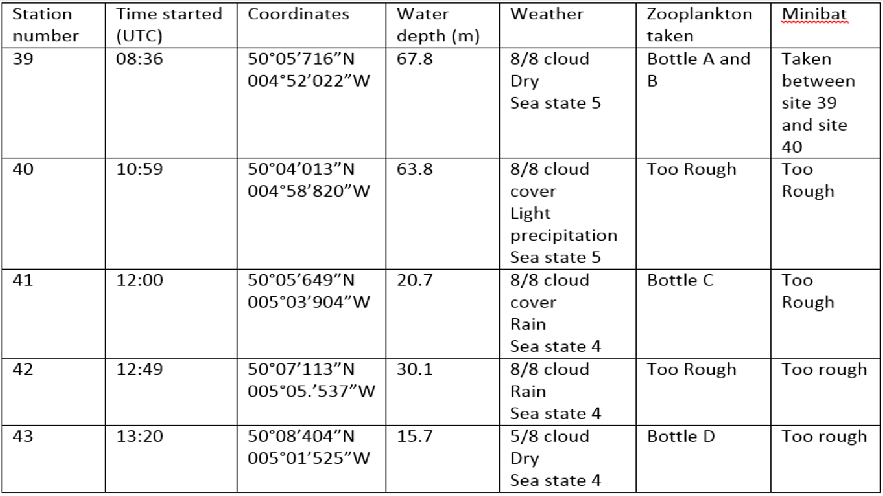
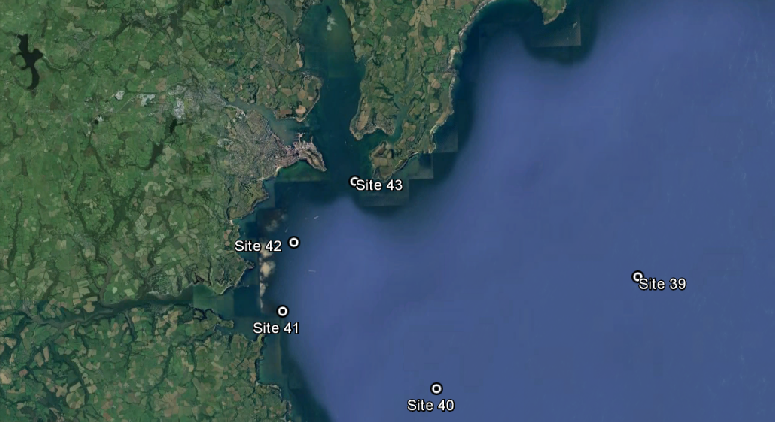
Time lapse on Callista

Equipment
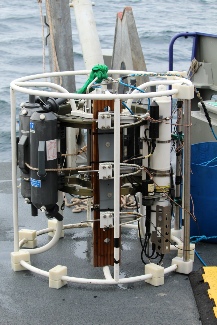
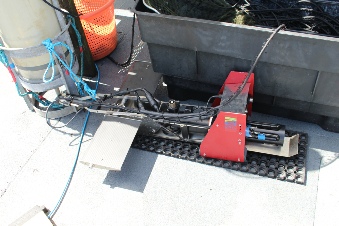
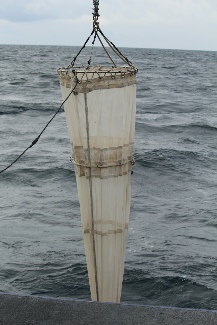
Fig. 2 Map of sampling locations offshore on the 28/06/2016
Fig. 1 Summary of factors from sample sites offshore on 28/06/2016
Rosette with CTD, Fluorometer and Transmitometer
Minibat
Plankton net
Rosette
Manufactured by General Oceanic, model 1015. This is a special circular rack which
are very durable and incorporated an array of instruments such as Niskin bottles,
CTD, etc. It is lowered by the A-
CTD
Manufactured by Applied Macrosystem Limited (AML), S/N 4183. This instrument carries sensors which are used to determine the conductivity, temperature, and depth (pressure) of the ocean.
Fluorometer
Manufactured by Wetlab, S/N WS38-
Transsiometer
Manufactured by Sea Tech Inc., S/N T1015, Path length 50mm. This instrument projects
a laser in-
MiniBat
It houses the CTD and undulates throughout the water column allowing continuous temperature, salinity, density and flourometry profiles along the transect
Plankton Net
Mesh size 200 micrometer and diameter 52cm. The ultra-